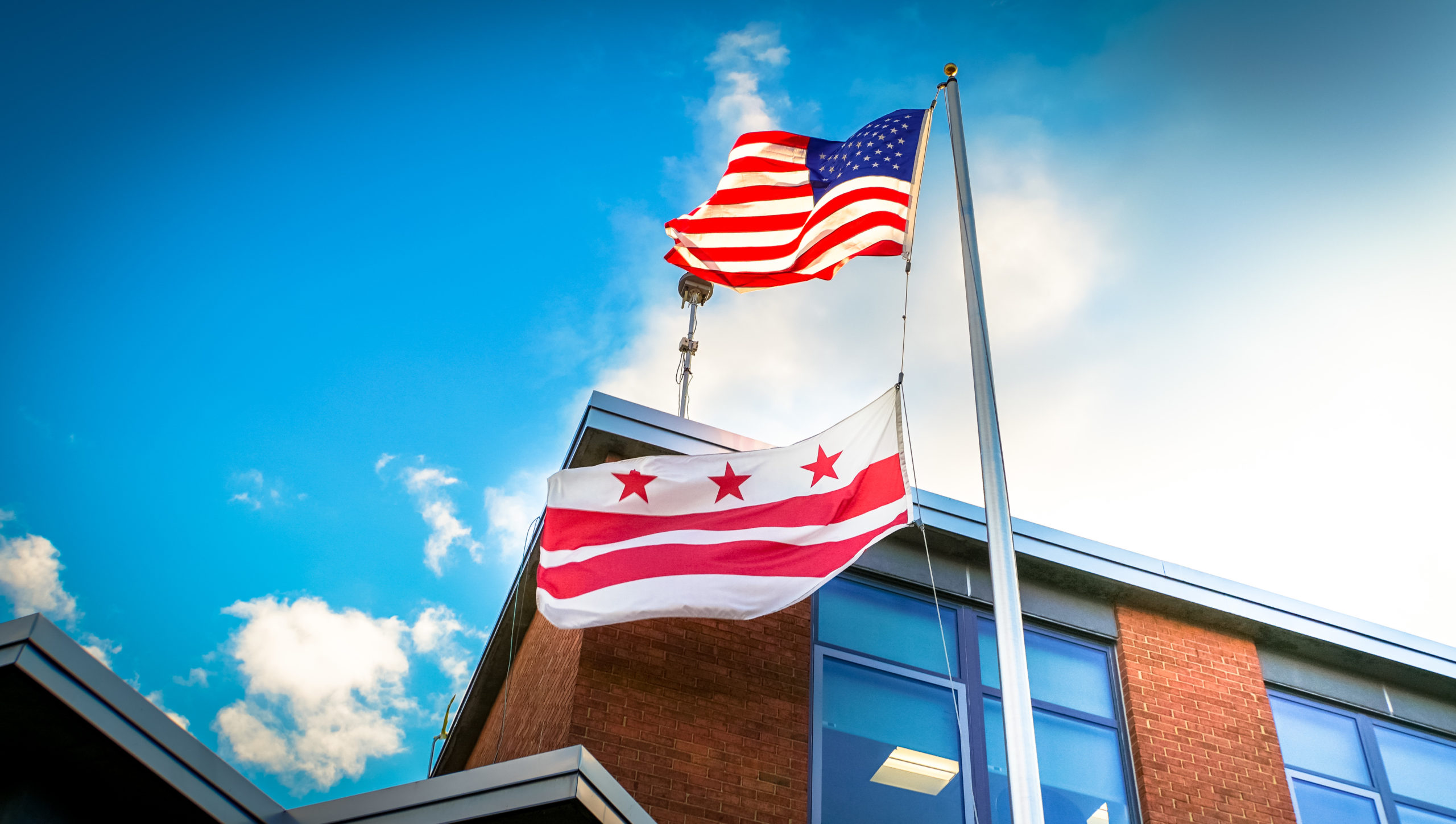

On Wednesday, March 1, 2023, Senior Education Analyst Julie Rubin testified before D.C. Council Committee of the Whole during their Performance Oversight Hearing. The testimony includes a preview of findings from the forthcoming report State of D.C. Schools 2021-22, and highlights postsecondary and graduation outcomes for school year 2021-22. You can read her testimony below or download a copy.
In the last budget cycle, OSSE invested in postsecondary supports including the reimagining high schools work-based learning investments, the college rising project, and the DC Futures Tuition Assistance Project. It is critical to measure the impact of these programs, as well as our school system as a whole to see how students are doing after they exit D.C.’s school system in order to inform future investments. Today I will preview findings from the State of D.C. Schools, 2021-22 report to highlight outcomes for students as they exit D.C.’s public high schools and transition into postsecondary college and career.
This year’s State of D.C. Schools report covers school year 2021-22, the first full year of in-person learning since the start of the pandemic. The report shows that last year represented a huge shift toward recovery but that COVID-19 still impacted day-to-day operations. Students were recovering socio-emotionally and figuring out how to reengage with school as evidenced by high levels of chronic absenteeism and more than a third of students struggling with depressive thoughts. Academic outcomes highlight that recovery is not yet complete, and this was particularly true for some high school outcomes. Trends on college enrollment and completion also indicate a weakening of college outcomes. While college is not the only path to economic security, it is the only publicly reported metric we have to learn how D.C.’s public school alumni are performing after graduation. Releasing more information on the choices that students make after high school would allow better targeting of postsecondary supports and investments.
One promising trend is that the graduation rate, which has been steadily increasing since the start of the pandemic, rose again in school year 2021-22 to 75 percent, up from 73 percent in the previous school year. Graduation rates increased for most student groups including students who are white and Black, as well as students who are designated as at-risk and students with disabilities—although gaps in graduation rates remain between different groups. However, the graduation rate decreased for students who are Latino and declined the most for English learners, by 6 percentage points. It will be important to take stock of trends for the class of 2023 as the in-seat learning requirement was reinstated last year and the community service requirement starts to be phased back in, and to see if there are student groups who may need more assistance.


At the same time, assessment results indicate that students’ academic achievement has not improved. The decrease in PARCC and NAEP scores shows that student academic achievement declined during the year of virtual learning. The SAT College and Career Ready Index—the percentage of students whose SAT scores signify that they are college and career ready—remained at 18 percent for the second year in a row. If graduation rates continue to improve without an improvement in student achievement, it could indicate that some alumni may need additional support as they explore their options after graduation.


While the graduation rate continues to increase, postsecondary enrollment continued to decline. The percentage of alumni who enroll in postsecondary six months after graduation declined for the second year in a row from 53 percent for the class of 2020 to 51 percent for the class of 2021. This could be due to financial issues related to the pandemic or uncertainty around virtual or in-person learning.[i] Investments in programs that support students as they explore options, and apply to and attend postsecondary including the College Rising Project are important as we aim to reverse these pandemic trends. Supports are particularly important for specific student groups: Postsecondary enrollment decreased the most for students who are Black by 3 percentage points, while the percent of students who enrolled increased for students who are white, English learners, and students with disabilities.


Trends on college completion also indicate a weakening of college outcomes. Prior to the pandemic, it was estimated that out of every 100 ninth graders who started in a public school in D.C., 14 will complete a postsecondary degree within 6 years of graduating. In an estimate based on the most recent data available, that number has decreased to 8 students who will complete their degree within 6 years of graduating.
While postsecondary isn’t the only path to a successful career, it is the only publicly available information on the paths that D.C.’s alumni take after graduating. More detailed publicly available information from OSSE’s National Student Clearinghouse could show who is completing postsecondary and where they are most successful. In addition, data on alumni’s income, employment status, the industry in which they are employed, and any postsecondary or workforce training completion would inform practice at PK-12 schools. It would also give postsecondary institutions and employers a better understanding of young adults’ paths and the local talent pipeline.
